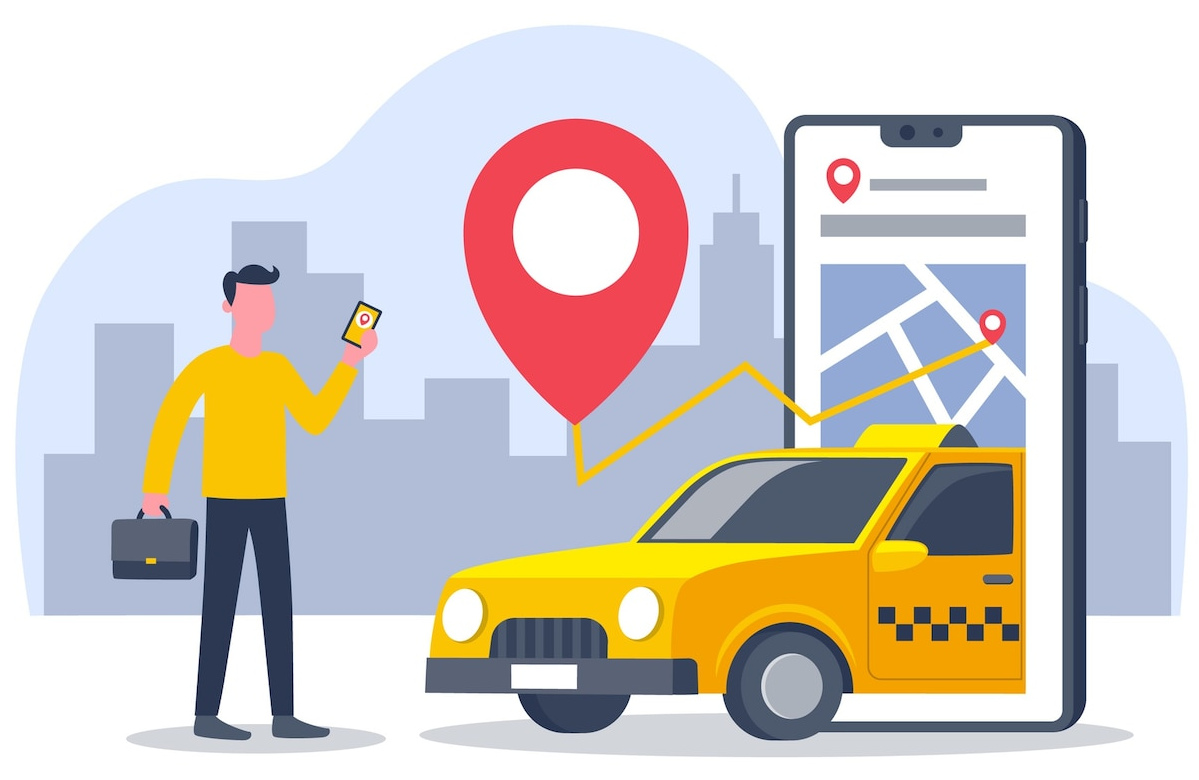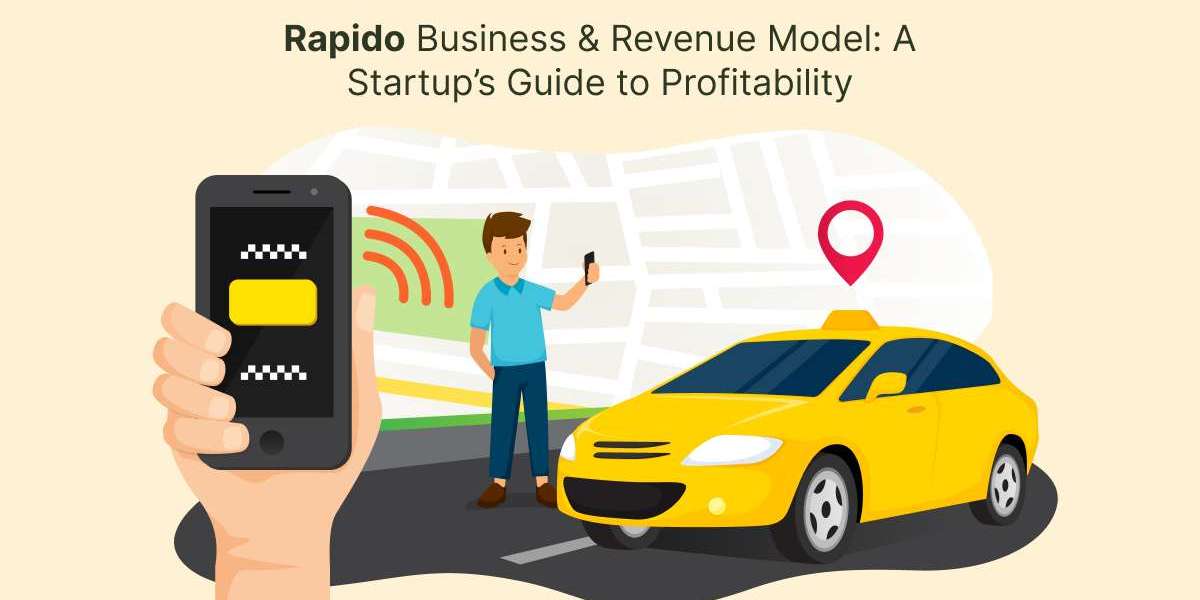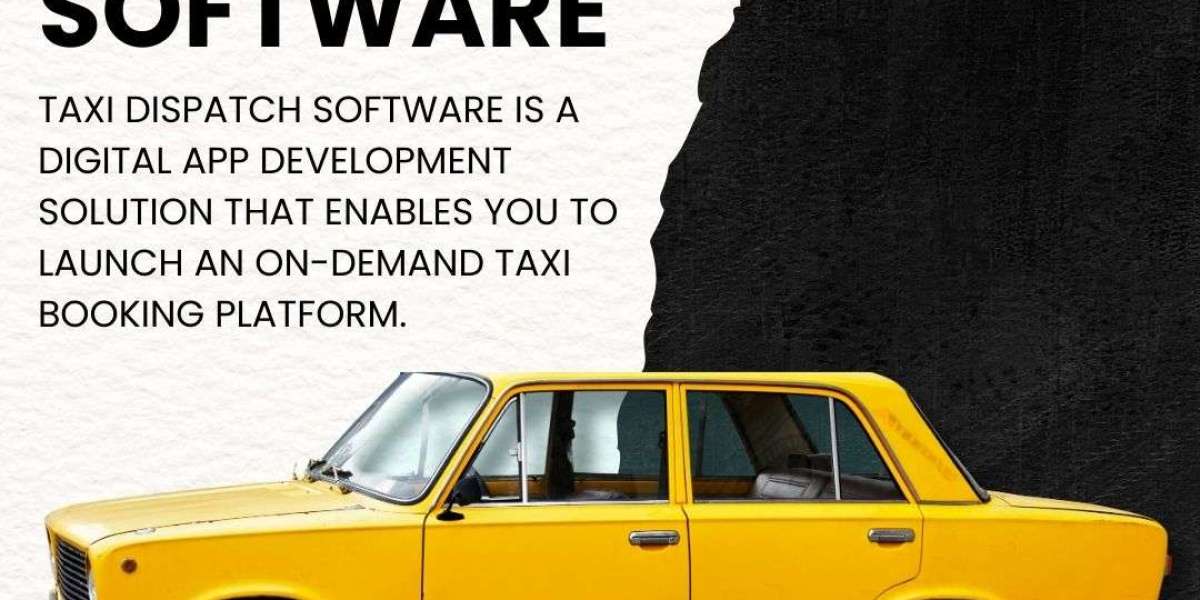Rapido has become one of India’s most successful two-wheeler mobility platforms, proving that a lean, efficient business model can scale fast. For startups exploring the on-demand mobility space—whether bike taxi, logistics, or multi-service operations—Rapido’s strategy and the Rapido revenue model offer practical insights into demand generation, unit economics, and long-term profitability.
This guide breaks down how Rapido works, how it earns money, and what early-stage founders can learn while building their own mobility or on-demand delivery clone apps.
What Is Rapido and Why It Works
Rapido is a two-wheeler ride-hailing platform that connects customers with bike riders (known as Captains). Customers use the app to book quick, affordable last-mile rides. Rapido is widely used in metro cities, Tier 1 regions, and rapidly growing areas where two-wheelers are more efficient than cars.
The secret behind Rapido’s rise lies in a simple value proposition:
- Lower fares compared to cab services
- Faster navigation through traffic
- Higher availability and flexible fleet
- A marketplace model requiring no owned vehicles
This combination allows Rapido to scale with minimal capital investment.
How Rapido Operates: The Core Business Flow
Rapido essentially uses a platform-based model:
- Customer opens app → enters pickup and drop location.
- System assigns nearest Captain based on availability and route.
- Captain accepts ride and completes the trip.
- Rapido charges a commission on every completed ride.
- Captain receives the remaining payout directly into their wallet/bank.
Rapido works as a digital aggregator—no inventory, no vehicles, no full-time drivers. This makes margins healthier as the business grows.
Key Business Pillars of Rapido’s Model
Low Cost of Entry
Two-wheelers are cheaper to buy or rent, encouraging thousands of people to join as Captains, which solves the major supply-side problem.
Localized Expansion
Rapido focuses on cities where traffic congestion is common. A bike taxi becomes an instant value-add in these markets.
Asset-Light Structure
Rapido does not own the bikes. Riders bring their own vehicles, reducing CapEx to near zero.
Adaptive Pricing
Dynamic pricing ensures demand-supply balance and higher revenue during peak hours.
Rapido’s Revenue Model Explained
Rapido makes money through a mix of commissions, delivery partnerships, and service charges. Here's how the platform earns consistently:
1. Commission From Rides
This is the primary revenue stream. Rapido charges 15–25% commission per ride from Captains. Higher ride volume = higher daily earnings for Rapido.
2. Surge Pricing
During rush hours, Rapido inflates the ride cost. The company keeps the extra margin, boosting profitability.
3. Rapido Rentals
Customers can hire a Captain for hourly packages. These high-value rides add a significant boost to average order value.
4. Rapido Auto & Other Segments
With Auto-Rickshaw onboarding, Rapido earns additional commissions beyond two-wheelers.
5. Delivery Logistics
Rapido partners with:
- Swiggy
- Zomato
- Pharmacies
- Grocery brands
- E-commerce companies
Captains handle last-mile delivery tasks, and Rapido collects platform fees or commissions per order.
6. Subscription Plans for Captains
Captains pay for:
- Monthly subscription packages
- Daily subscription models
- Feature-based add-ons (priority rides, support, etc.)
This ensures recurring revenue even in low-demand periods.
7. In-App Advertising
Brands pay for ad slots inside the app. It’s passive, low-cost revenue with high margins.
Read More: Rapido Business Model Breakdown: How Startups Can Learn from It
Why Rapido’s Model Is Profitable for Startups
Lower CAC (Customer Acquisition Cost)
Bike taxis naturally attract budget-conscious travellers. Push a few city-focused marketing campaigns, and adoption becomes organic.
Higher Ride Frequency
A user might avoid booking a car for short distances—but a bike ride costing ₹20–₹50 is an easy purchase.
Better Driver Utilization
More rides per hour = more commission for the platform.
Flexible Scale
Start small → expand city-by-city → onboard more Captains → grow revenue exponentially.
What Startups Can Learn From Rapido
1. Start With a Micro Market
Rapido didn’t launch pan-India on day one. It focused on selected traffic-heavy cities and scaled gradually.
2. Keep Operations Lean
Focus on technology, matching algorithms, and customer experience—avoid any CapEx-heavy investments.
3. Build Strong Partner Ecosystems
Logistics, deliveries, B2B partnerships, and mobility collaborations keep revenue diversified.
4. Push Rider Onboarding Aggressively
No drivers = no rides. Rapido invested early in KYC onboarding, rider incentives, and referral bonuses.
5. Leverage Smart Pricing
Dynamic pricing and micro-surges improve margins without hurting user experience.
Steps to Build a Rapido-Like Platform for Your Startup
If you're planning to launch your own bike taxi or multi-service mobility app, here’s a practical roadmap:
Step 1: Build a High-Performance App
You’ll need:
- User app
- Captain app
- Admin dashboard
- Real-time GPS
- Route optimization
- OTP-based trip verification
- Wallet & payout system
A Rapido clone app helps reduce cost and development time by giving you a ready-made structure.
Step 2: Launch With Local Marketing
Target schools, colleges, tech parks, and dense commercial zones. Offer referral bonuses to boost early traction.
Step 3: Prioritize Captain Onboarding
Provide training, support, and performance bonuses to ensure quality supply.
Step 4: Optimize Operations
Track:
- Peak timing
- High demand zones
- Ride patterns
- Customer ratings
Use the insights to balance pricing and incentives.
Step 5: Move Into Multi-Service Expansion
After stabilizing mobility operations, introduce:
- Parcel delivery
- Food/grocery delivery
- Auto rickshaw bookings
- Hyperlocal logistics
This multiplies your revenue streams without big operational changes.

Conclusion
Rapido’s business and revenue model proves that a scalable, asset-light mobility solution can achieve strong profitability. With smart pricing, operational efficiency, rider onboarding, and B2B delivery partnerships, founders can build a long-lasting mobility brand. Startups planning to enter this space can fast-track their journey by adopting ready-made Rapido clone app solutions, which reduce development time and cost significantly. Many entrepreneurs also explore wider multi-service opportunities by integrating features similar to a gojek clone app, allowing them to expand beyond mobility and operate a more versatile on-demand ecosystem.
FAQs
1. How does Rapido earn money?
Mainly from ride commissions, surge pricing, Captain subscriptions, and delivery partnerships.
2. Is a Rapido-like bike taxi business profitable for small startups?
Yes, the asset-light model, low fleet cost, and high ride frequency make it highly profitable.
3. How much commission does Rapido charge Captains?
Typically between 15–25%, depending on city and demand.
4. Can I start a Rapido-like app with a small budget?
Yes, using a white-label Rapido clone app reduces 70% of development costs.
5. What services can be added besides bike taxis?
Auto bookings, parcel delivery, hyperlocal courier, food delivery, and more.









